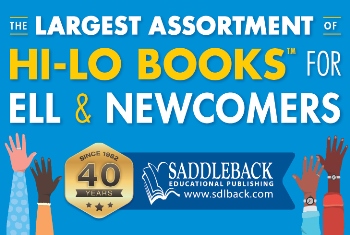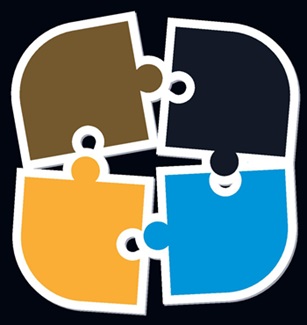How to Identify and Serve English Learners with Disabilities
By Ileana Najarro
 Najarro notes that “Nationally, approximately 1 in 7 students identified as English learners were also identified as having a disability in the 2018-19 school year”. She shares the advice drawn from a webinar co-hosted by the U.S. DOE in which a panel of experts discussed “the best approaches to both identifying these students with unique needs, and then best serving them.”
Najarro notes that “Nationally, approximately 1 in 7 students identified as English learners were also identified as having a disability in the 2018-19 school year”. She shares the advice drawn from a webinar co-hosted by the U.S. DOE in which a panel of experts discussed “the best approaches to both identifying these students with unique needs, and then best serving them.”
First, for proper assessment of these students, collaboration is essential. The ESL teacher must be included to determine if the issues occur in both the home language and in learning English. Testing should be conducted in both languages. Another consideration is whether the students’ language development is typical of most MLs, and differences in cultures are another aspect that must be taken into account.
Collaboration, “…input from a variety of teachers, interventionists, students’ families, and cultural mediators hired by the district” is essential in compiling the data in the student’s IEP.
Then, once this is established, instruction needs to be modified, for example, by “breaking information into smaller segments so the student can focus more on one specific piece of information or one piece of a larger task”. In addition, including culturally relevant content can help students to “‘leverage and draw on their backgrounds and their funds of knowledge to help understand and build meanings'”.


 Sara Kangas, an associate professor of special education in Lehigh’s College of Education and its program director, wrote a policy brief about special education and long-term ELs with disabilities in the United States. Kangas’ goals in writing the brief are (1) to provide “state education agency (SEA) leaders with: (a) a portrait of the reclassification policy landscape in the U.S., (b) the latest research findings regarding equitable reclassification, and (c) recommendations for promoting reclassification policies and procedures that consider the unique needs of dually identified students” and (2) “to promote collaboration at the SEA level between EL and special education departments.”
Sara Kangas, an associate professor of special education in Lehigh’s College of Education and its program director, wrote a policy brief about special education and long-term ELs with disabilities in the United States. Kangas’ goals in writing the brief are (1) to provide “state education agency (SEA) leaders with: (a) a portrait of the reclassification policy landscape in the U.S., (b) the latest research findings regarding equitable reclassification, and (c) recommendations for promoting reclassification policies and procedures that consider the unique needs of dually identified students” and (2) “to promote collaboration at the SEA level between EL and special education departments.”